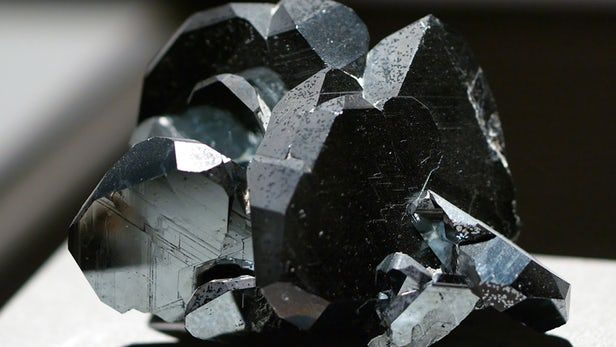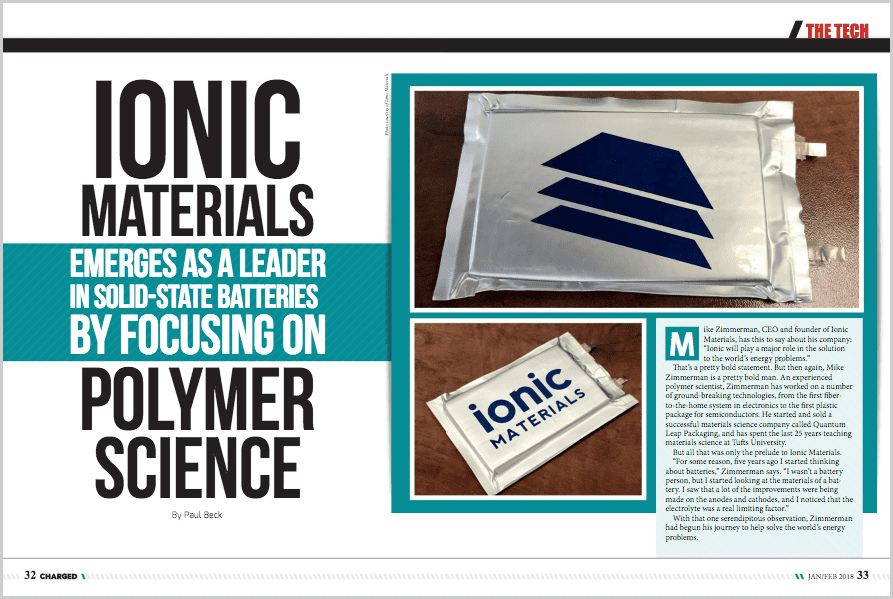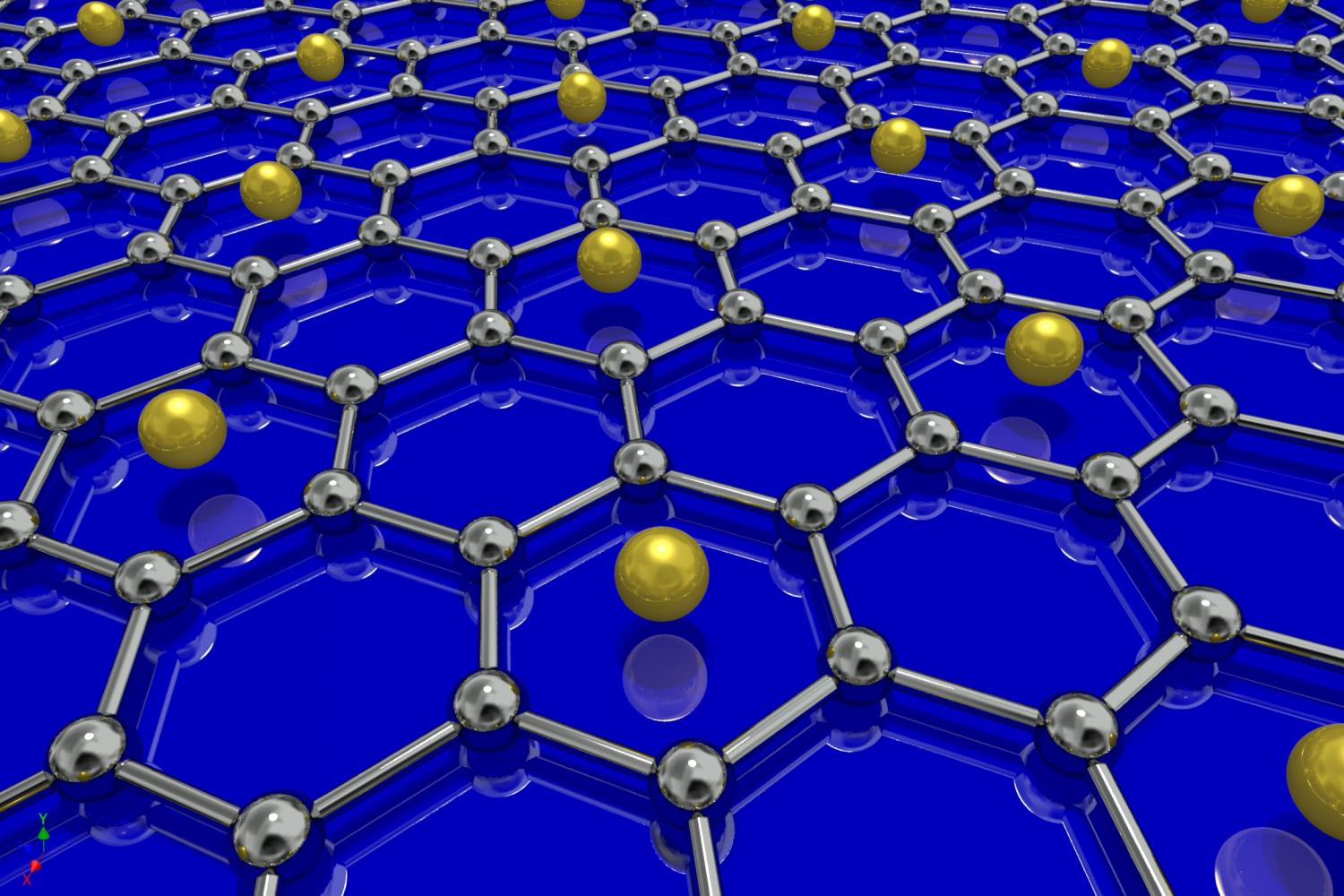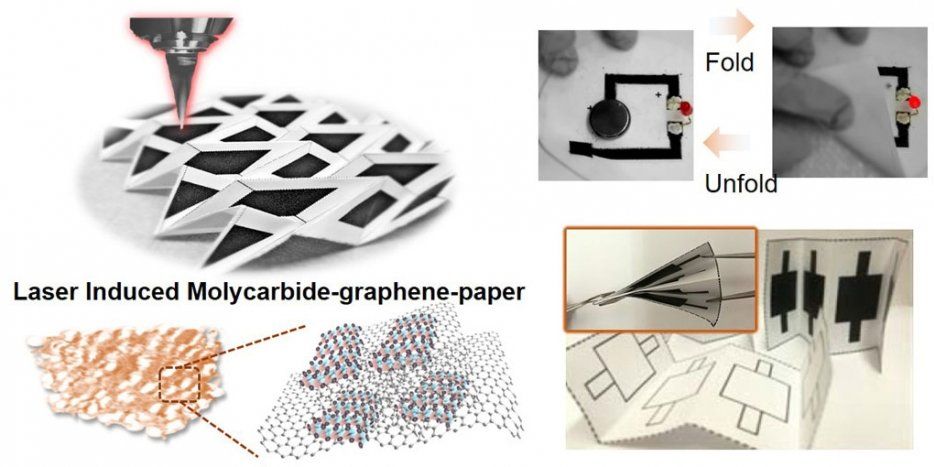Jul 30, 2018
Move over, graphene: Iron ore mineral becomes newest 2D material
Posted by Genevieve Klien in categories: materials, particle physics
When it comes to new materials, thin is most definitely in. Brazilian researchers have created a new two-dimensional material called hematene, which is made up of sheets of iron ore just three atoms thick. And as is often the case with 2D materials, hematene seems to have different properties to its regular form.

















